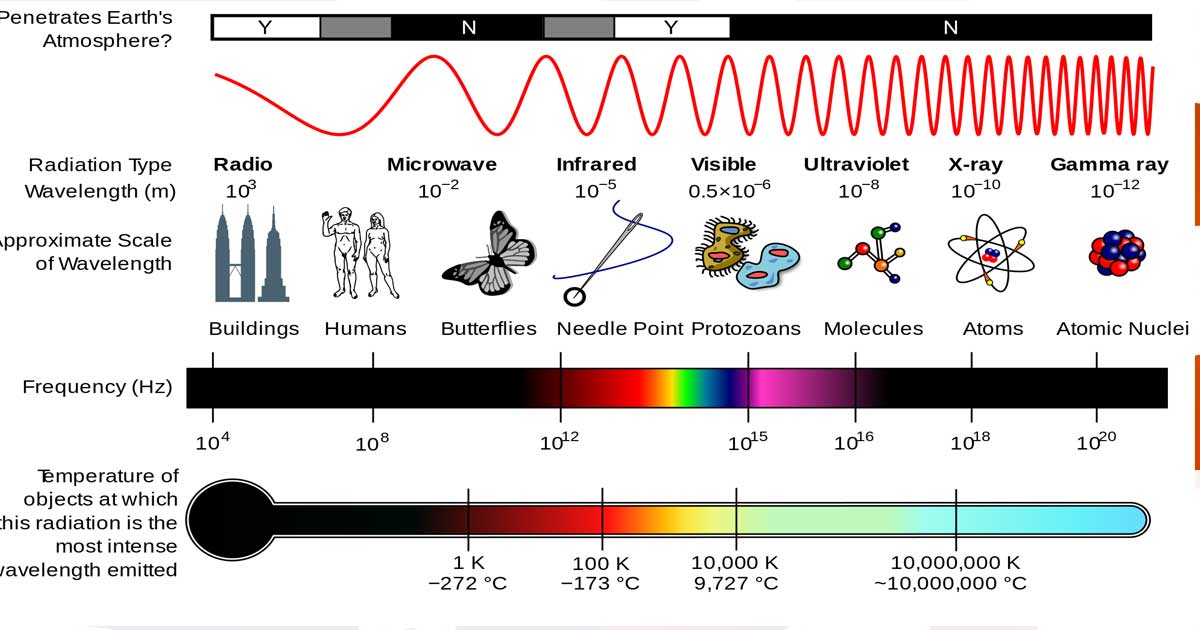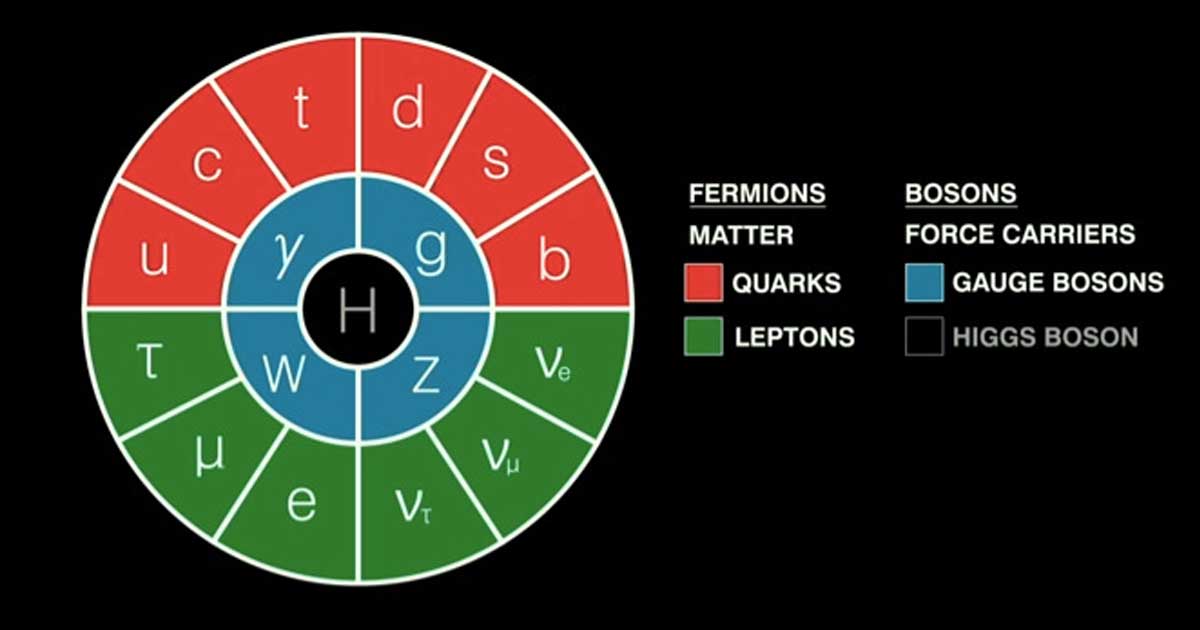What is Light?

We explain “light,” both as electromagnetic radiation within a visible portion of the electromagnetic spectrum, and as electromagnetic energy carried by photons.
Theoretical physics is a branch of physics that uses mathematics and abstractions to to explain and predict natural phenomena, rather than using physical experiments. Unlike experimental physics theoretical physics tends to blur the lines between mathematics, natural science, and philosophy.

We explain “light,” both as electromagnetic radiation within a visible portion of the electromagnetic spectrum, and as electromagnetic energy carried by photons.

Here is a list of the fundamental dualities relating to human nature and the physical and conceptual universe.

Reference frames and relativity in physics explained using math-free examples. We cover: frames of reference, inertial frames, accelerated frames, and relativity.

The physical constants are measurable properties of the physical universe that don’t change, everything else is relative to these constants.

We explain the standard model of particle physics in simple terms for non-experts using videos, facts, and bullet points.